Throughout an entire life, most people have some hobbies and pastimes; these are usually temporary before other things become more important, tempting or interesting and then it’s time to move on to the next.
It is indeed quite rare, in percentage terms that a particular interest lasts almost a lifetime – but in many cases it often does, always bearing in mind the number of people we have here on earth today.
I’ve had casual affairs with angling and at times there was nothing finer for me than wading into a Yorkshire river, trotting a float down the current and hoping for a large barbel – one per day would have been enough – this affair lasted long for around 18 years but even now I often look back to this affair with fondness.
Music always was a firm love that has lasted long, table tennis and badminton followed later together with a love for cars and, of course, the ladies.
I was 29-years old when I decided to first add a pond to my back garden.
I made an excuse to myself that it would save much time in mowing the lawn but on reflection now, I think it was more the sound of water, the sight of lilies, goldfish and all the other items one could find in garden ponds – even frogs.
It took several months to complete the pond together with a waterfall and a rockery and I must admit I was extremely proud of the finished result at the time.
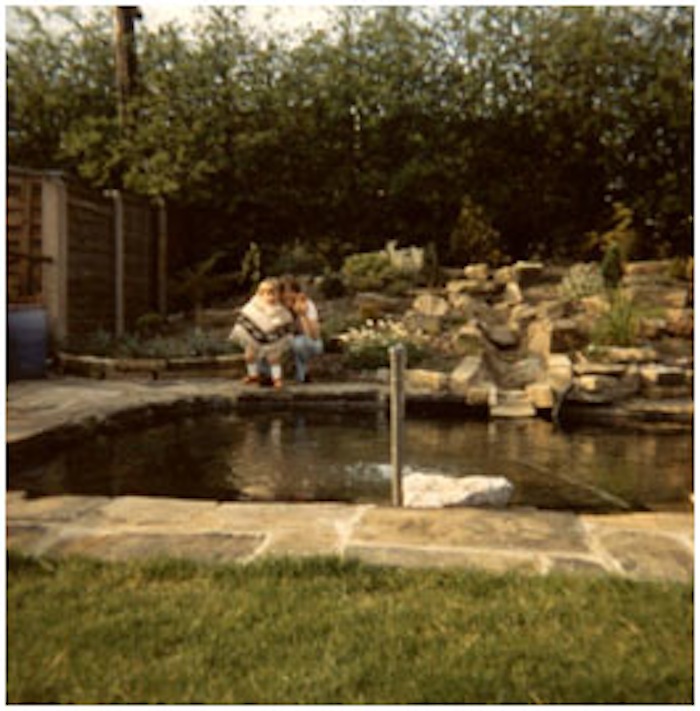
I must point out, that up to here, I had never heard the words ‘Koi Carp’ and if someone had mentioned them to me I wouldn’t have had the faintest idea as to what they were talking about?
In June 1972 I saw my first Koi Carp (purely by chance) and immediately became ‘hooked’; it’s now 2014 and I’m still hooked but I’m not complaining – despite the fact that I’ve been hooked on Nishikigoi for 42 years of my life!
If I had known right at the beginning just what keeping Nishikigoi meant, I think I would have walked away from it all and have been just contented with a garden pond and the goldfish – again, I think?
I had no idea that all these different colours all had different Japanese names?
I had no idea why the things were so incredibly costly when compared to other coldwater species?
Then moving on to the practical side of things –
I had no idea I’d have to ‘test’ the water periodically and also know what to do if things were amiss?
Then someone mentioned I’d need a filter on the pond – what was a ‘filter’?
What on earth was a U/V?
Diseases and parasites followed next and much later a microscope was mentioned?
Of course, whilst all this confusion reigned, I also needed to understand waterproofing, plumbing, building, excavation and landscaping reasonably well?
Then the untold joys of glass fibre!
Moving on, I’m guessing here that 95% of humans will pass from the cradle to the grave without even hearing a mention of ‘Koi Carp’.
The number of times I’ve had conversations with Japanese folks in Nagaoka City (only 5 miles away from Yamakoshi) and these people have never once heard of, or seen, Koi Carp!
Many in the Koi hobby are under the impression that the world hobby of keeping Koi is enormous – sadly it’s not. In fact it’s only minute when compared to Carp angling, tropical and marine fish keeping, antique collecting, stamp collecting and hundreds of other hobbies that come to mind.
I have lived here in this same house for the past 44 years, where I’m surrounded with thousands of other houses and yet, aside from myself, I know of only four others who keep Koi.
Two of these only keep a few in garden ponds, these die over winter and are replaced religiously in spring.
And if this is not ‘minority enough’, the vast majority of ‘Koi keepers’ around the world still refer to them as – ‘the golden one, the brown one, the red and white one, the one with a red spot on the head etc. etc’.
By the time we get down to the ‘serious Koi enthusiasts vs. the majority’, then numbers really do start to get very low.
Probably the most important part of keeping the Koi hobby strong and alive revolves around ‘Koi Shows’ and the advertising, promotion and interest that can be seen and experienced at these events.
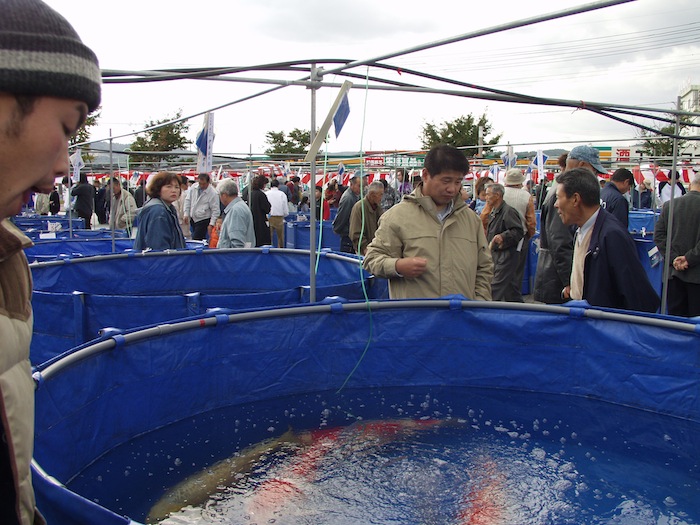
Of course, there are many other pet/livestock shows staged all over the world from racehorses, dogs, cats, cattle, pigs, sheep, pigeons, goldfish and the like without mentioning the Beauty Queen competitions and the ladies who grace the stages.
As with all Koi shows, the vast majority of entries are displayed for all to see as items of beauty and are judged on this point.
I didn’t discover this until many years later, but there are many other things one must know about the judging and appreciation of Koi other than beauty.
These are complex matters such as body shape, volume, pigmentation, pattern, skin lustre and whether the one you’re looking at is either male or female!
However, and aside from Nishikigoi, when all these other creatures are awarded the major prizes (often amounts of cash) – their value increases significantly and many buyers clamour to buy them as future parent stocks where future profits are vital.
Not so with Nishikigoi, once these world-class creatures have taken the major prize at major shows and have been awarded the certificate and large plastic trophy, they have very little value at all in comparison to the high prices paid for them before they were entered into the show.
Then follow the photographs of this ‘Best Koi in the World’ that are posted on most Koi-related forums and websites everywhere – but not nearly so with the second-best Koi in the show?
The chances of even one of these specimens ever being worthwhile as future parent stocks are slim. Some breeders may well offer the owner a price for the Koi, but nothing like the price the owner paid originally.
(In order to try and explain this point further, regarding all the other creatures I’ve mentioned in these beauty contests, rarely do the parents ever produce more than a few offspring.
Female Nishikigoi can often produce over 500,000 offspring and so selection, whilst young, is often little more than guesswork.)
There’s also the real fact that those with lots of money at their disposal would much rather purchase a future grand champion than a ‘second-hand’ one.
To further add to the confusion, all the entries in all of these beauty contests I have mentioned and know of, ‘bloom’ only once in their lives.
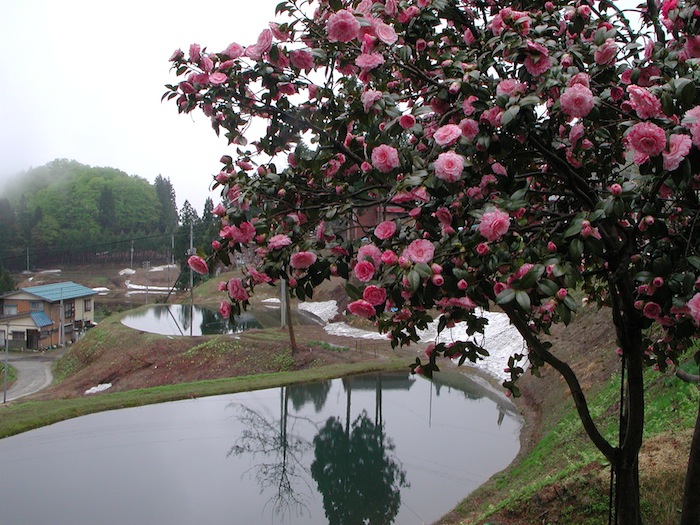
In the case of Nishikigoi, these can bloom at any age from one-year to 20-years and more, in a few cases – but do remember, they only bloom ONCE.
After this (and trying to be very tactful here) – they slowly deteriorate. In short, it’s almost unthinkable to expect a Koi that’s already bloomed at four years old to be awarded any serious award at eight years old.
Despite all these facts listed above, some Koi still continue to be sold for astronomical amounts of money?
Anyway, where serious Koi keepers are concerned, all the aforementioned information hardly scratches the surface of what the addiction that ‘Koi Keeping’ can be – is really all about.
Make no mistake about this if you are really addicted to Nishikigoi – sooner or later (health and funds permitting) you’ll definitely find yourself in Japan – the land of the rising sun…………..
The same land where Nishikigoi can be viewed and bought for peanuts just about everywhere, because them there Koyas play a major part in Japan’s traditions and have been around there for Centuries.
Well, that’s what I was given to understand when I made my first visit there alone in ‘79.
Sadly that was not the case at all, hardly anyone there had heard the word Nishikigoi before? Although ‘Koi’ did have a ‘sexual ring’ at the time but these creatures could only be found, seen and purchased in a muddy mountain morass, miles away from Tokyo and way before the days of freeways and bullet trains.
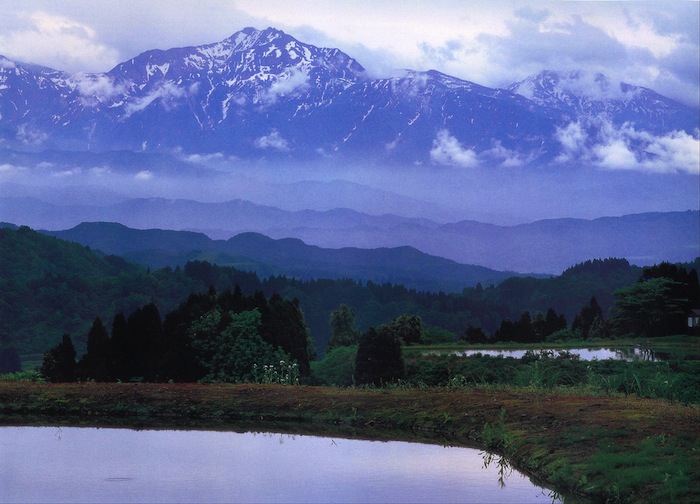
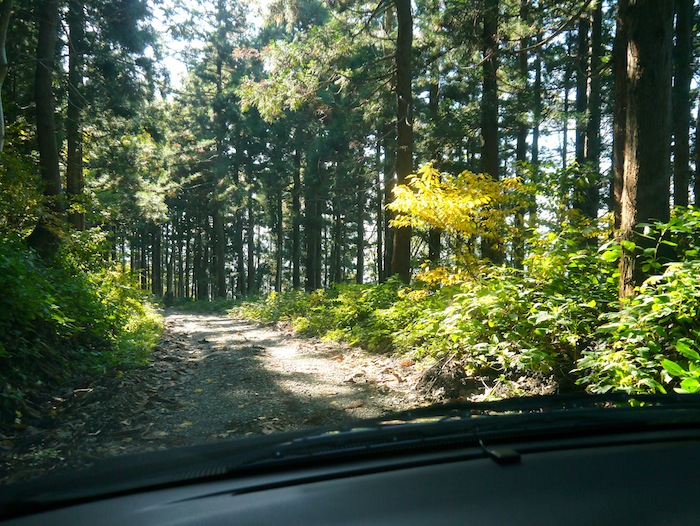
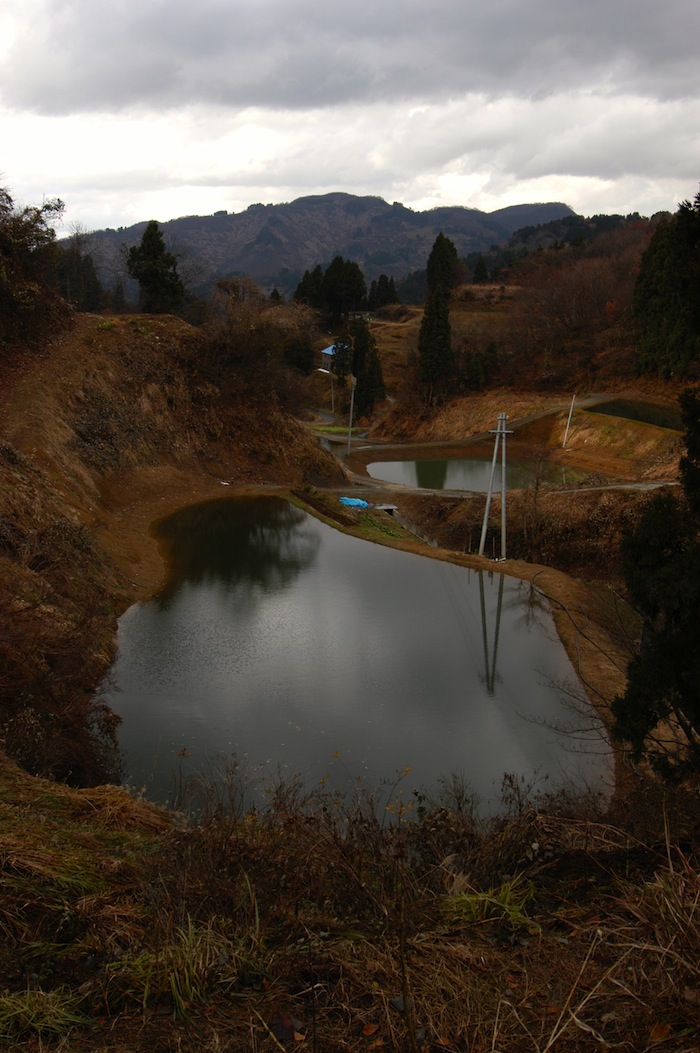
The twisting coach journey over the mountains from Tokyo to Ojiya took eleven hours on a good day, but what’s another eleven hours after flying halfway around the world for twenty two hours – especially if one has no idea what one would see and find at the journey’s end?
I know all this took place thirty-five years ago but, as I recall today – Waddy’s idea was to find out absolutely everything there was to find out about Nishikigoi and I was convinced that the whole ten days planned would be more time than enough for all this and I’d most probably have time left for some sightseeing?
Alas, whilst waiting in the departure lounge at Narita for the return journey back to the UK, I finally realised that all I’d found out whilst there was only much more confusion!
Yes, I had spent ten whole days in the area where Nishikigoi were first produced and where they were still produced when I visited.
I had passed through some very pretty villages but found it impossible to detect one from another?
I had met up with many of the villagers who lived in these pretty villages but, again, I found it impossible to detect one from another?
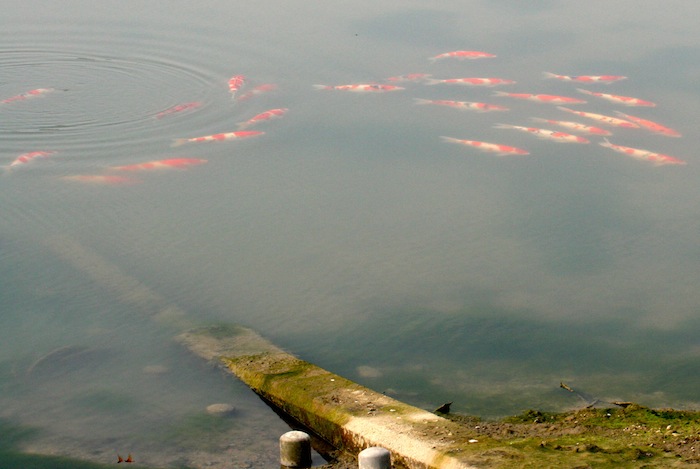
As to the Koi on offer, in my youthful and innocent eyes, they were all the very best one could buy in the world.
Later on the flight back home, I wondered how they could ALL be the best in the world – surely there’s only one that can lay the claim to this?
To re-cap, my very first visit to Japan in ’77 was really much wasted time being a member of a BKKS party of elders but it did give me the enthusiasm to become a Koi dealer in ’78.
However the Koi purchases I made on those first two visits and the sales they generated, allowed me to return to Japan many more times in order to buy more stocks – but more importantly, to try and discover more about this mystical, hallowed terrain and those who lived there.
As to the price of the Koi selected, they were incredibly cheap – it was only later I discovered that the reason they were so cheap was because I was getting the exchange rate of 1,000yen to £1.00 and seeing it was my first trip – I didn’t really know if this was good or bad?
In those times I also didn’t understand as to why Koi were plentiful in Yamakoshi at some times of the year and scarce at other times of the year?
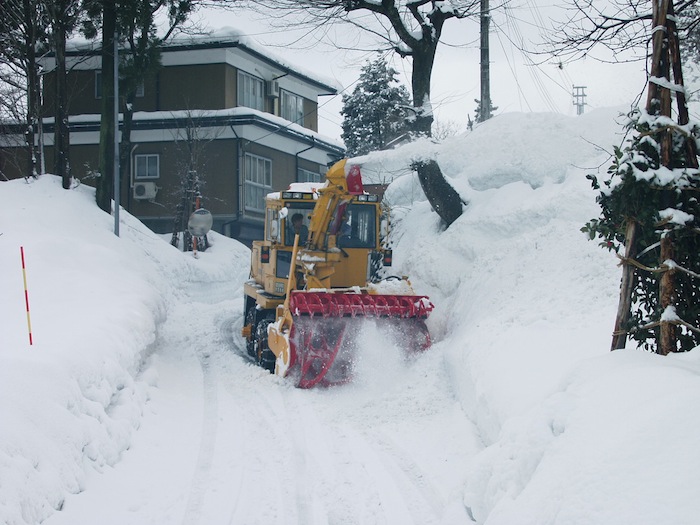
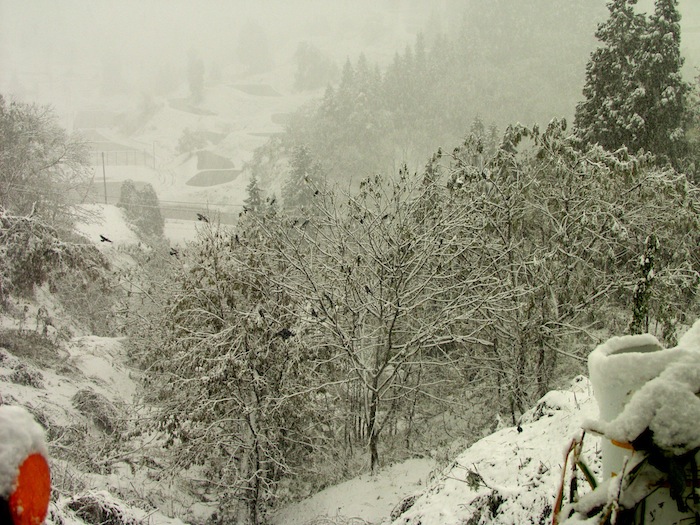
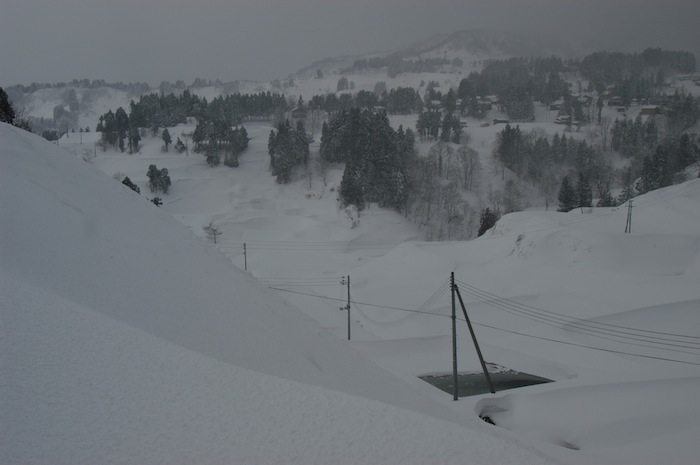
So on advice given, I began to visit other areas to try and find and buy stocks, this led me to Saitama, Hamamastsu, Yamanashi, Nagoya, Gifu, Fukui, Osaka, Hiroshima and Shikoku.
Armed with these new experiences, I finally realised that Koi breeding was true ‘farming’ – fry were produced (planted) in spring and cropped (harvested) in autumn and as far as the breeders in Yamakoshi were concerned, it was of utmost importance to sell all their stocks before the winter arrived.
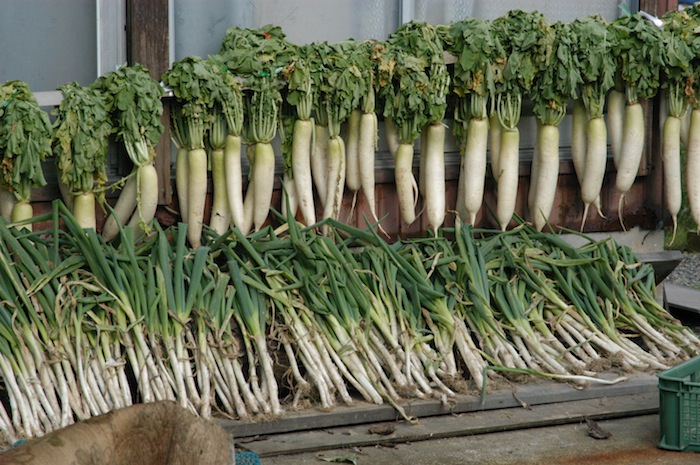
This also assisted me greatly in my purchases; I would often stay there until early December when prices reduced significantly – and then take advantage!
On reflection, those early visits could have given me a much greater experience of the area had I hired a car and driven myself around, rather than relying on other drivers – most of these also frequently had no geographical knowledge of the area anyway and we’d often get hopelessly lost.
Coffee stops in those times were usually at Torazo, and on one visit in the late 1980’s Hiroshi Kawakami drew out a pencil sketch that, for the first time, showed me all the Yamakoshi villages and their relationships to each other.
He wrote the village names in Kanji and I pencilled in the village names in English after translation.
In the early 90’s my learning curve finally started to make some sense to me, and as the curve progressed I became much more determined to try and find out how Nishikigoi really came to be, simply because this important information had never ever really been factually documented.
Many of the details were gladly passed on to me over pre-arranged interviews with the ‘Koi elders’ of the day, or simply given over a few evening drinks in a bar by individuals who are sadly no longer with us.
You can be sure I was never once caught naked without a notebook and pen to hand and much of this scrawl was re-written in the hotel room later!
Of course I was extremely fortunate in having other teachers, after they first realised I wasn’t the type to give up easily, disappear and never return.
After digesting all this information imparted, it was clear to me that Nishikigoi were only ‘newcomers’ to Japan and not a part of Japanese traditions as once stated.
In spring 1993 and for all the many later trips that followed, Dennis Wordsworth accompanied me and became the driver, whilst initially I was the navigator.
Of course I made many initial mistakes on the routes through the mountains but Den had his own methods of memorising things – generally based on the location of various tunnels – please don’t ask me to explain this one.
Personally I find all tunnels to be much of a muchness!
By the time we had three of these intensive visits under our belts then it all became second nature to both of us.
In those days we’d stay in Japan for the whole of April and return for the whole of October and November.
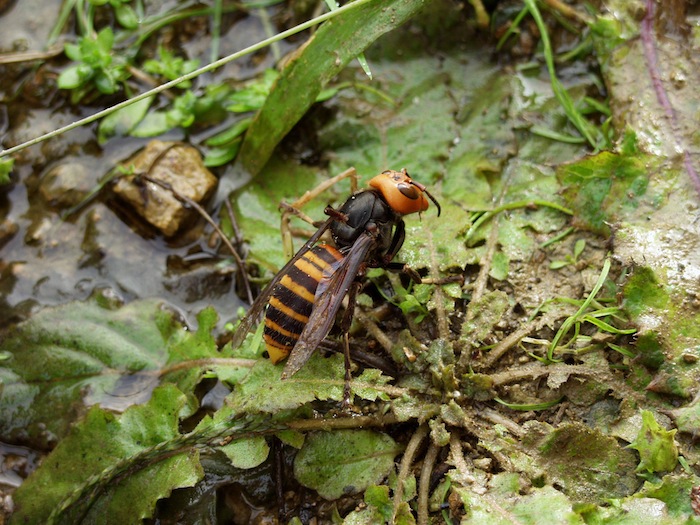


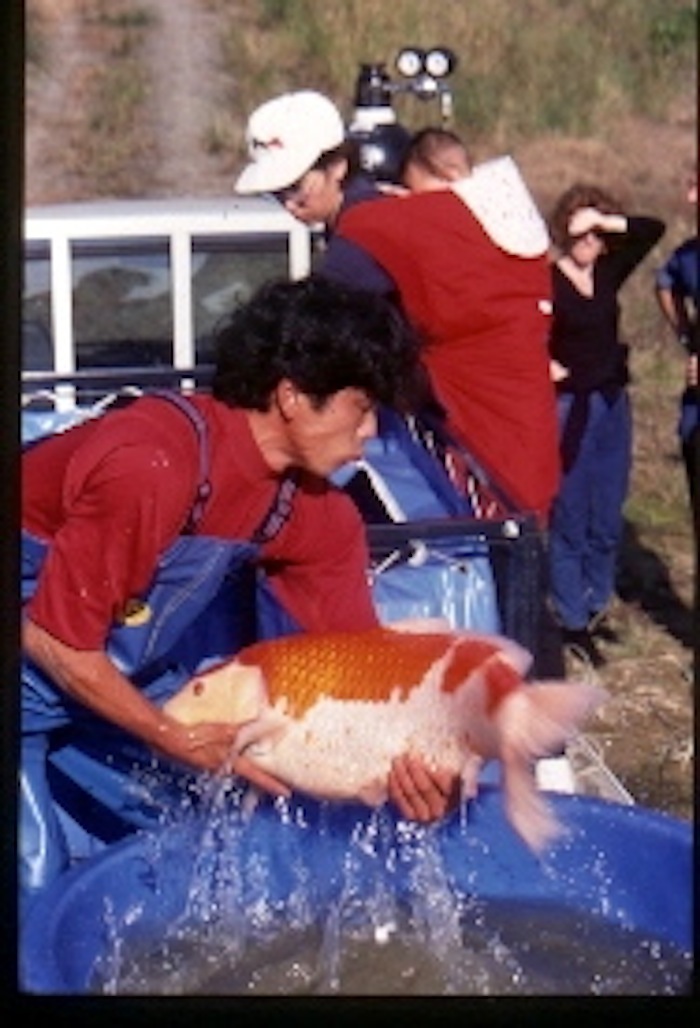
I’ll have to admit it now but we had no itineraries at all and until we left the hotel each morning even I didn’t have the faintest idea where we’d make our first stop.
It usually was a suggestion from me to Den – ‘Let’s go to Kansuke’ and off Den would go like a champion homing pigeon.
Driving alone also gave us a much greater understanding of the breeders themselves because all humans have different personalities – some were solemn and serious whilst others loved to joke and it was important for us to be able to differentiate.
Although I didn’t know it at the time, the really exciting times would follow later – after ‘Koi Kichi’ was published in ’95 and the associated spin-offs that were produced as a direct result of the book.
Looking back, the Koi auctions at Miyakoya and the Nokyo still stay with me.
These were places where one needed to understand the rapid Japanese auction language used by the auctioneers and also the various dialects used by each of these guys.
Once that was understood, the next part was to try and spot the breeder who was entering a particular ‘lot’ into the auction because more often than not he’d be bidding in order to hike up the price.
This soon became a game of cat and mouse, because the breeder entering the lot also needed to see who was bidding. Eventually our eyes would meet to find he would have the bid and then I stopped bidding – of course he could take his Koi back home but he’d still have to pay the auction’s handling fee!
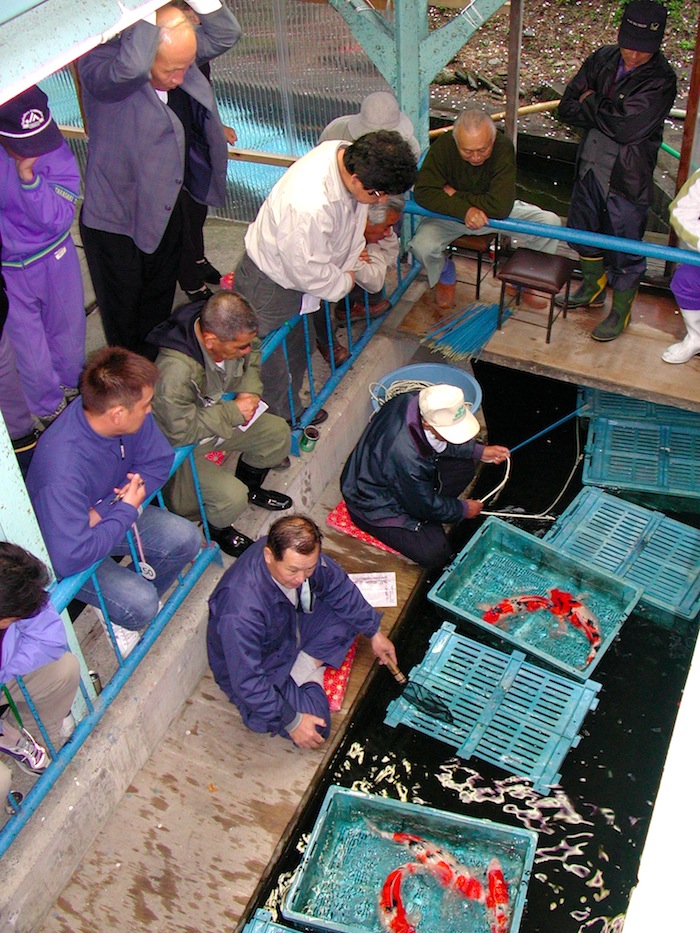
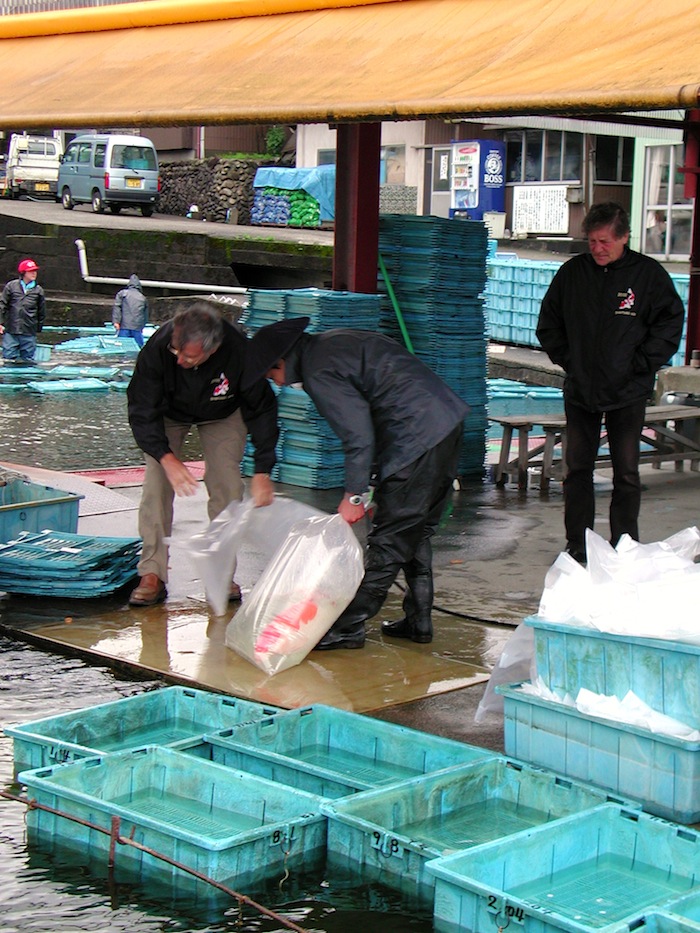
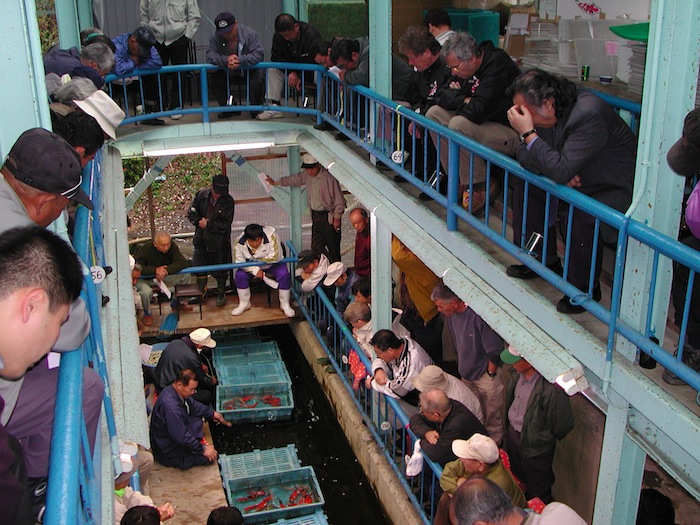
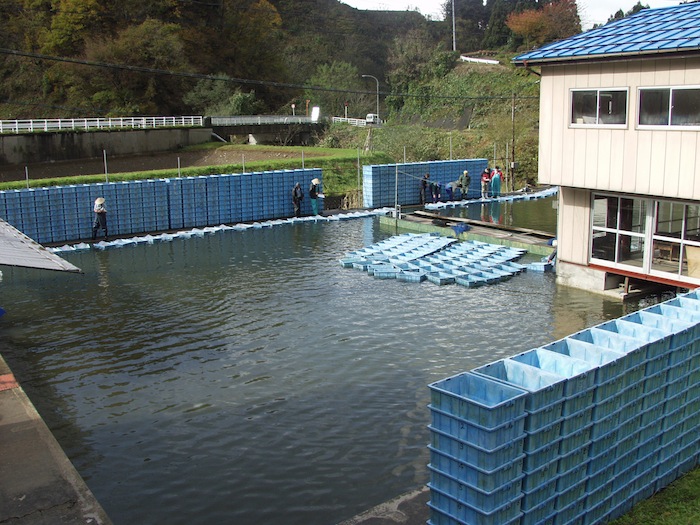
Many Koi passing through these auctions were classed as ‘dross’ by the Japanese bidders because they may have been Koi that they considered to have little value in Japan?
However, I knew there were buyers outside of Japan willing to pay their eyeteeth for these!
Today sees a gap of almost twenty years since Koi Kichi was first published and this 20-year gap has all been documented for far more times than it needs to be recalled here.
Once again, I am now 71-years old and at a sad time in my life when old friends are slowly departing by the week.
My head tells me I’m still 22-years old but my body tells my head that his thoughts are pure nonsense.
I can’t possibly remember these early days but, when I was born and entered this world, no one told me that life would be fair; no one told me that it would all be a bed of roses and no one mentioned exactly where life would lead me?
‘Something, somewhere and somehow’ guided me eventually onto the ‘Koi Road’ – I certainly played no part in this, I simply followed ‘the flow’, just like I have done through life since I first reached puberty.
So, and in order to attempt to partially summarise, where exactly has this chosen ‘Koi Road’ led me?
Well, I’ve met several unsavoury characters that I do not wish to meet again through this ‘Koi Road’ – but I have met FAR more genuine people over this time and some are close friends.
I’ll chalk this one up as a ‘plus’.
Through this ‘Koi Road’ I have been transported to countries all over the world that I would never once have visited without this ‘Koi Road’.
I’ll chalk this one up also as a ‘plus’.
Given the choice and available youth, if I had to select any place in the world to live and feel perfectly safe it would be near to Yamakoshi Mura.
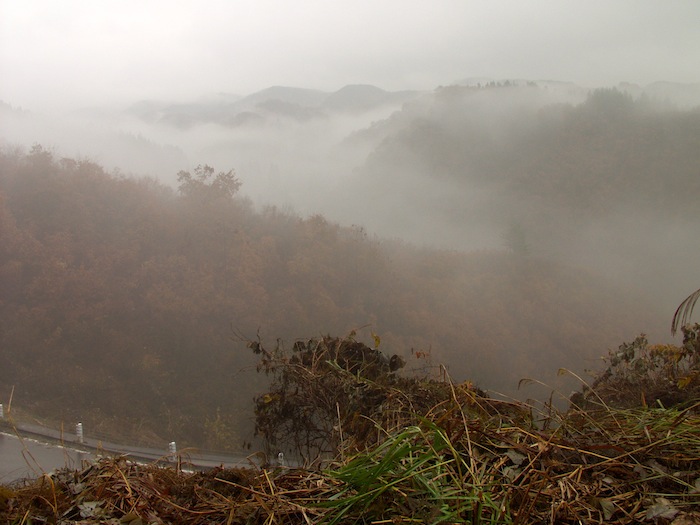
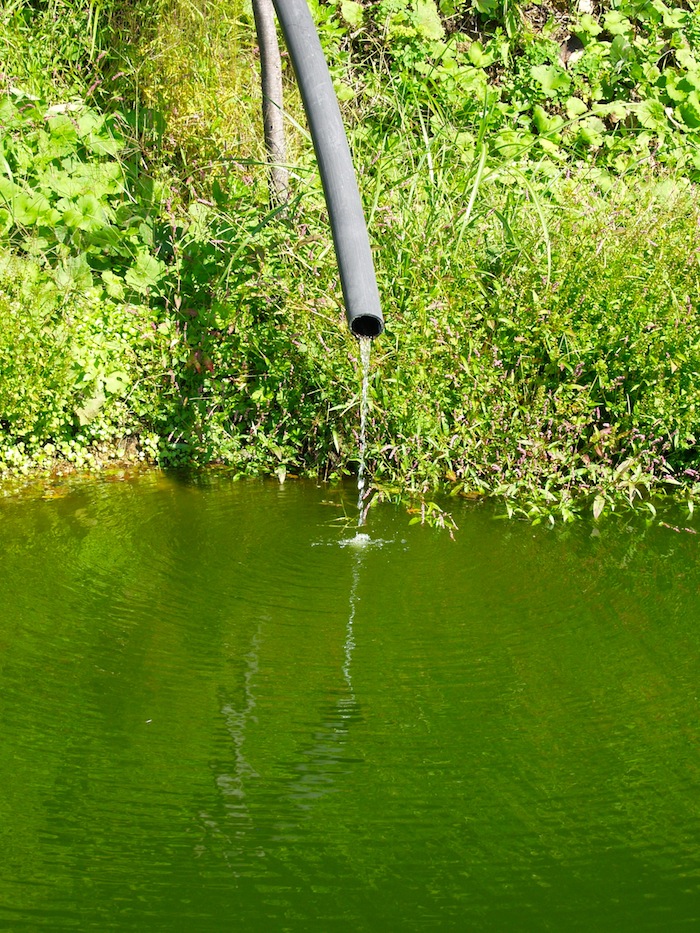


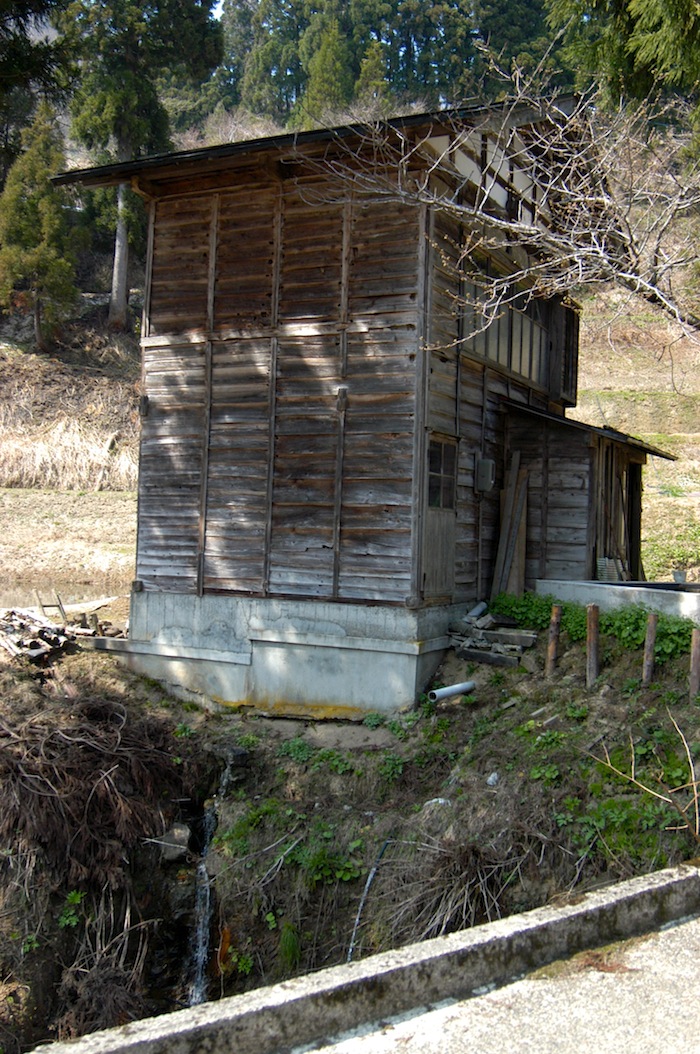
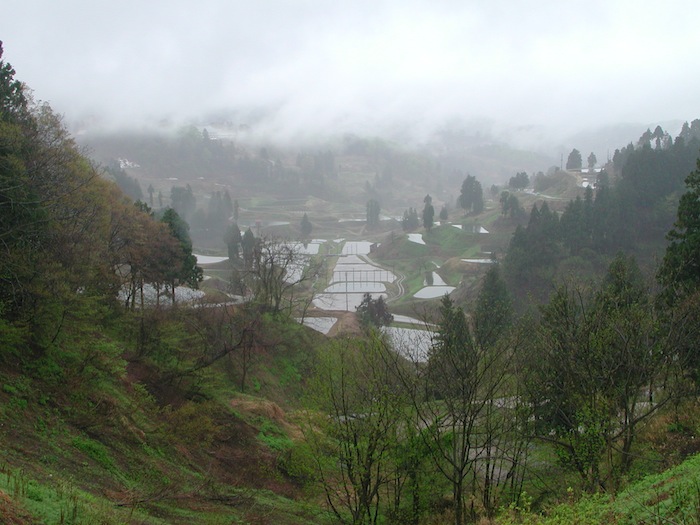
That’s another plus for the memory.
In late 1972 I decided to learn much more about Nishikigoi and after decades of despair, confusion and pure determination, I believe I finally did.
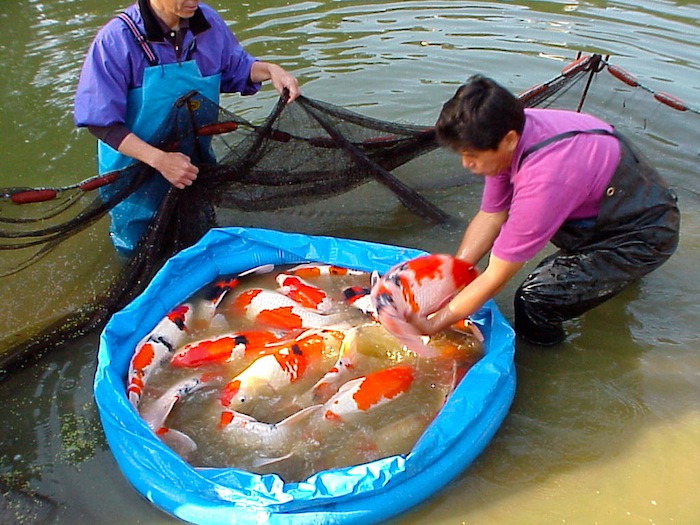
That’s another big ‘plus’ here.
Perhaps life would have been more secure had I stayed as manager of a large store selling records – instead of simply rattling on about them Koyas, selling Koi books and Koi pond filters as I’m doing now?
‘Infiltration’? ……now there’s another name that’s stood the test of time!
Finally, I do have my own heroes – far too many to list, even if I devoted an entire book to them, so here’s just one.
Songwriter, wordsmith and musician, I’ve sung thousands of his words to myself whilst travelling through Japan, here’s just the words to one of his songs –
‘It’s a good thing the sea’s not dry
Such a good thing that cows don’t fly
What a good thing to make a joyful noise
It’s a good thing that beds don’t talk
Such a good thing that chairs can’t walk
What a good thing that God made girls and boys
It’s a good that the air is free
Such a good thing that a man can see
What a good thing the Lord above has done
It’s a good thing to be young and strong
Such a good thing we’re not old for long
What a good thing that making love is fun
Let the rough side drag
Let the smooth side show
While you pull that load
Everywhere you go’.
James Rideout “Jesse” Winchester (May 17, 1944 – April 11, 2014)
Thanks for reading –
Peter Waddington 2014.
PS. In the hobby we know of as ‘Koi Keeping’ there are NO experts – only many who THINK they are!
